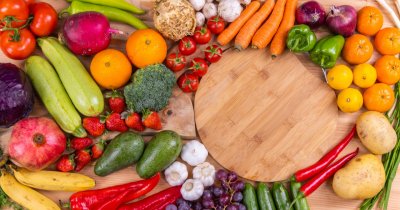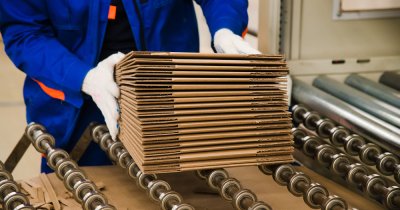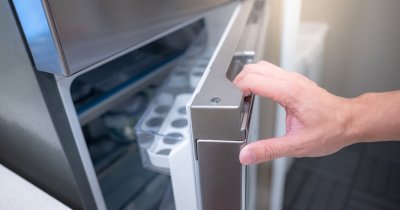According to Phys.org, Chris Rinke, who led a study that was published in the journal Microbial Genomics, stated that waxworms and mealworms were known to be able to feed on plastics, "so we hypothesized that the much larger superworms can eat even more."
The worms used in the study can grow up to five centimeters and they are used as food for reptiles and birds.
Rinke's team fed the worms different types of food over a three weeks period, some of the worms were given styrofoam, others were given bran and others weren't given anything to eat.
"We confirmed that superworms can survive on a sole polystyrene diet, and even gain a small amount of weight—compared to a starvation control group—which suggests that the worms can gain energy from eating polystyrene," Chris Rinke said.
The scientists were also able to determine the fact that the worms who ate plastic as their only food did develop into beetles, completing their lifecycle. However, by not diversifying their diet with more nutritious types of foods, their health did suffer.
The team also wanted to look at the enzymes found within the worms to determine which were the ones responsible for digesting plastic.
Also, Rinke suggests that if the worms will be used to reduce plastic waste, their diet must be diversified with food waste or agricultural bioproducts as well.
"This could be a way to improve the health of the worms and to deal with the large amount of food waste in Western countries," he added.
While this could be a short-term solution, the team of researchers thinks that by researching and developing the enzymes that can digest the plastic, recycling plants could be developed in the future.
Superworm enzymes could also be used to create compounds such as bioplastics, and Chis Rinke hopes that this will eventually become an "upcycling" solution for plastic waste.
 Mihai - Cristian Ioniță
Mihai - Cristian Ioniță












Any thoughts?